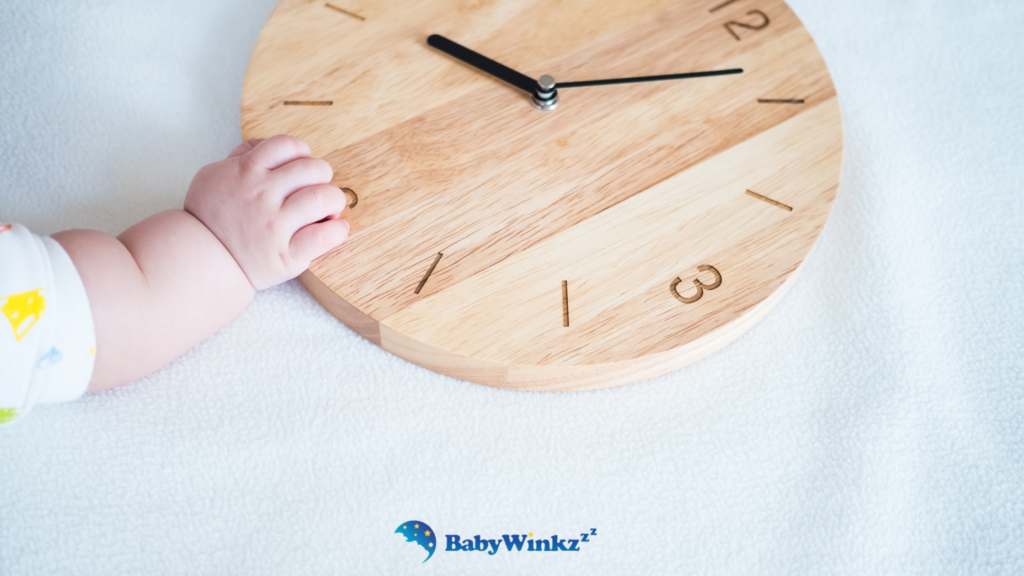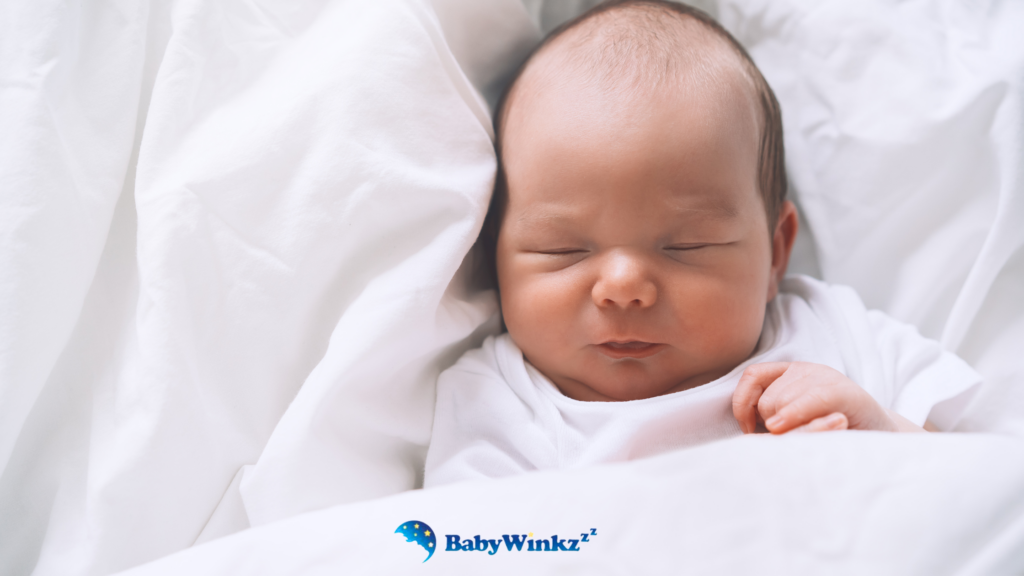As the temperature rises, your baby’s safety should remain the top priority. Warm temperatures can make it more challenging to create a safe sleep environment as there is an increased risk of sudden infant death syndrome (SIDS). This blog will help you stay up to date on the latest information for how to make sure your baby stays safe and comfortable while sleeping in warm weather.
Why Safe Sleep Practices are Important during Warmer Weather
Creating a safe sleep environment is one of the most important ways to support your baby’s health and wellbeing in their first year. Safe sleep practices are designed to reduce the risk of sleep-related issues and help your baby rest comfortably and securely.
One of the risks these practices help prevent is sudden infant death syndrome (SIDS), which refers to the unexpected passing of a baby during sleep. While this can sound worrying, SIDS is rare, and we now know a lot about how to lower the risk. The highest risk period is during the first six months, especially between one and three months. This is why The Lullaby Trust recommends following safe sleep advice through the first year. Overheating is one factor linked to SIDS, so keeping your baby’s sleep space cool and dressing them in light layers helps create a safe, comfortable environment. After 12 months, babies are better at regulating their temperature and the risk of SIDS becomes much lower. However, being at a comfortable temperature will always help to improve sleep quality for all ages.
Safe Sleep Guidance
Always place your baby on their back to sleep, on a firm, flat mattress, for every nap and night-time sleep. This applies whether you’re at home or away. If you’re using a travel cot, the mattress may feel thinner or harder than usual. This is okay as it’s designed that way for safety. Avoid adding folded blankets, duvets, or padding underneath your baby, which can make the surface less firm and increase the risk of overheating or accidental suffocation.
When setting up your baby’s sleep space, you want to make sure it’s away from direct sunlight, radiators, and any hazards like blind cords. The ideal room temperature for a sleeping baby is between 16–20°C (60.8–68°F). I strongly recommend using a room thermometer to keep an eye on this.
How to Keep the Room Temperature Cool:
- Dress your baby in light clothes and opt for fewer layers of bedding.
- Make sure to check the tog rating of your baby’s sleep bag to ensure it’s suitable for the current season.
- Close curtains or blinds during the day to prevent the sun from heating up the room.
- Open windows or doors in the evening to let cooler air in, as long as it’s safe.
- Use a fan to help circulate the air, but avoid directing it at your baby.
These small adjustments can go a long way in helping your baby stay safe and sleep more comfortably during warmer weather.
The Lullaby Trust advises against using pillows, duvets, or thick bedding for babies under one year old, as these items can increase the risk of SIDS. Similarly, weighted swaddles, blankets, and sleeping bags should be avoided for babies under 12 months due to the risk of overheating and potential head covering. Keeping the sleep environment simple and safe is key to reducing these risks.
How can I tell if my baby is too hot?
Gently feel your baby’s chest or the back of their neck with your hand. These areas are the best indicators of your baby’s body temperature. If their skin feels clammy, sweaty, or warm to the touch, it’s a sign that they might be too hot. In this case, remove one layer of clothing or bedding to help cool them down. You can also adjust the room temperature by using a fan, opening a window, or closing the curtains to block out the sun. Always remember that babies can’t regulate their body temperature as well as adults, so it’s important to check frequently, especially in warmer weather.
Make sure your baby has enough fluids
When the weather is hot, it’s important to make sure that your baby has plenty of fluids. If you’re exclusively breastfeeding, your baby doesn’t need additional water until they start eating solid foods. However, in hot weather, they may want to breastfeed more frequently to stay hydrated. Once they begin eating solids, you can offer small amounts of water to help keep them hydrated. For bottle-fed babies, in addition to their regular milk feeds, you can offer a little cooled, boiled water, especially during hot weather. If they wake up at night, they’ll likely still want milk, but if they’ve had their usual feeds, offering cooled water can help keep them comfortable.
This blog has been written in accordance with the guidelines provided by The Lullaby Trust. They are a UK-based charity dedicated to reducing the risk of sudden infant death syndrome (SIDS). They provide expert advice, support, and resources for parents and caregivers to help create safer sleep environments for babies. The Lullaby Trust also offers support for families who have been affected by SIDS and conducts research into infant health and safety.





